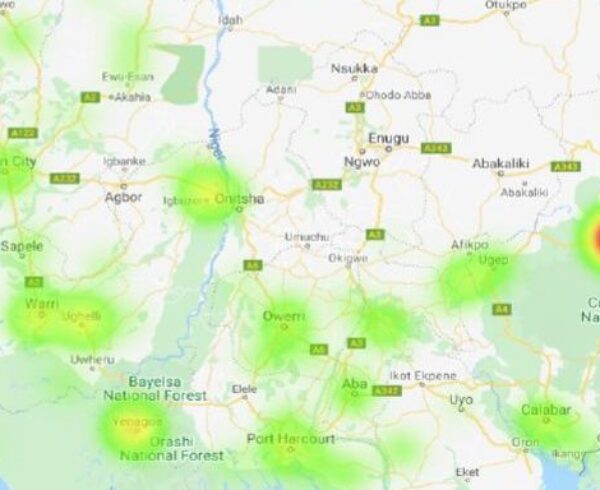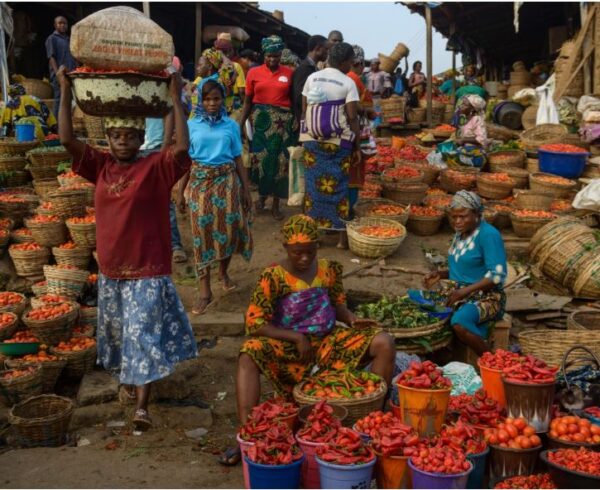Over the course of the last decade, there has been growth in the number of youth organizations in Africa while, simultaneously, youth organizations have come to play an important role in the activism behind community development. Knowing that Africa’s population is, by some standards, the youngest in the world and growing rapidly (Ashford, 2007), we expect to see parallel growth in the number, scope and impact of youth organizations.
In this document, we have collected the results of a research & mapping exercise on Africa’s youth organizations with the objective of better understanding who they are, how they operate, what motivates them and how they collaborate with one another & with other key actors/beneficiaries.
Our research revealed that Youth Organizations are themselves young in age, with the majority of surveyed organizations having been founded within the last ten years. Their representatives were largely people under the age of 35, with higher male than female representation (Figure 3).
Another key aspect of this study involves the recognition of organizations by their governments through the granting of official status. It was found that most youth entities are legally registered and recognized by their respective authorities. However, those that aren’t are often faced with greater challenges (e.g., securing funding from international organizations). Most organizations affirm that their work is facilitated by supportive legislation in their countries.
As a result of the various findings of this study, we have formulated recommendations directed towards Open Society Foundations, National Governments and International Institutions and Communities, and Youth Organizations.






Leave a Comment